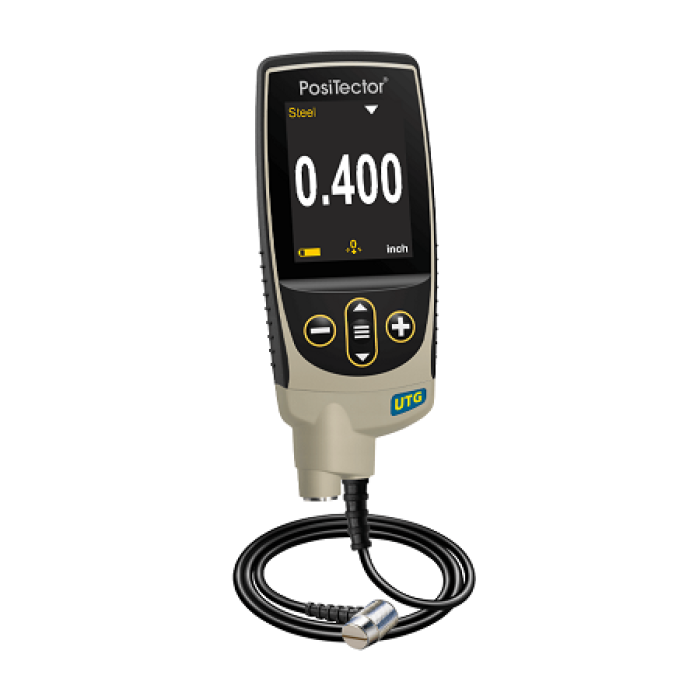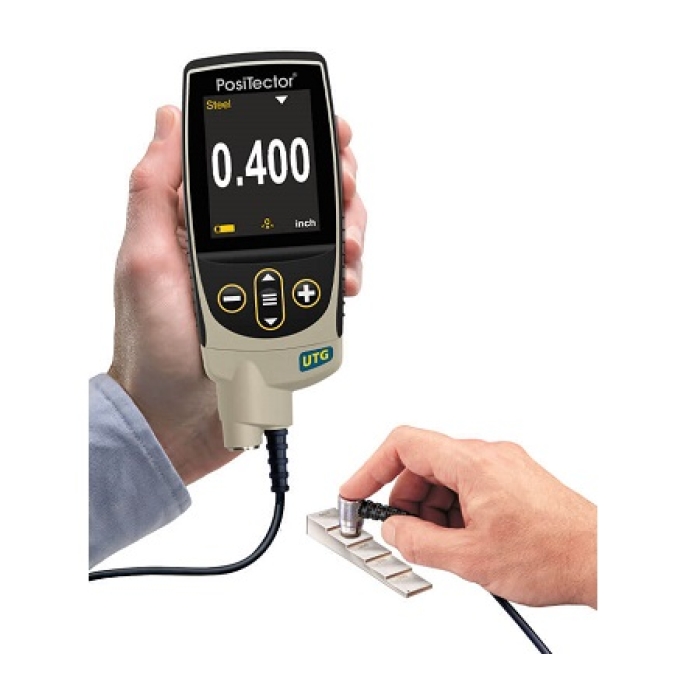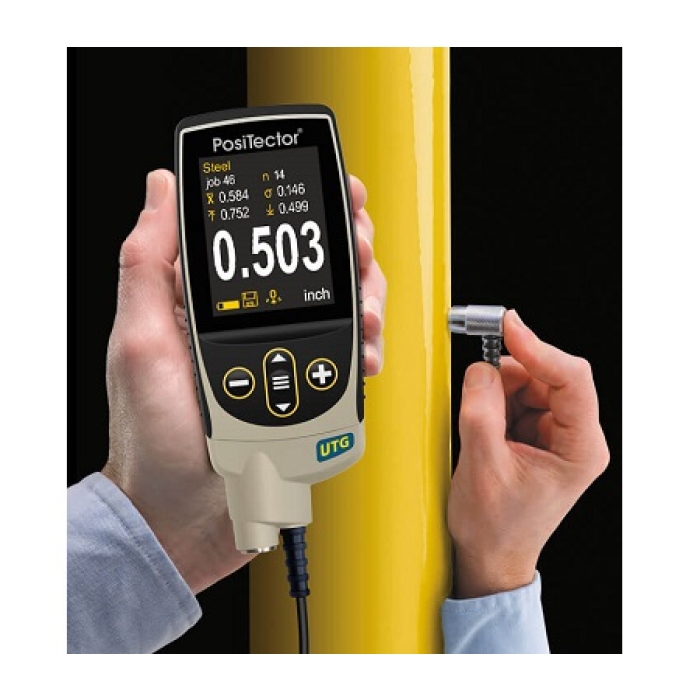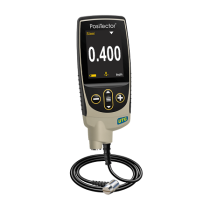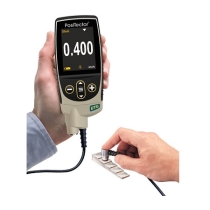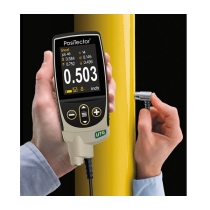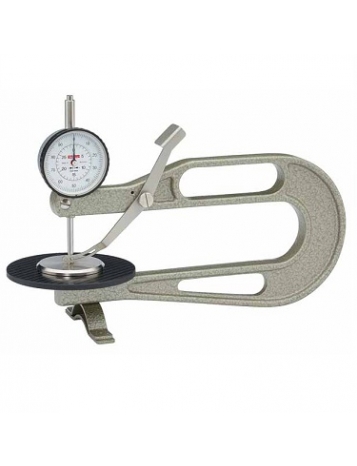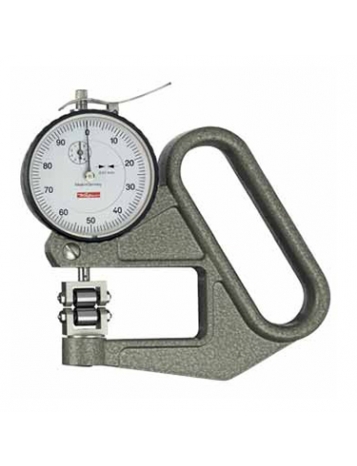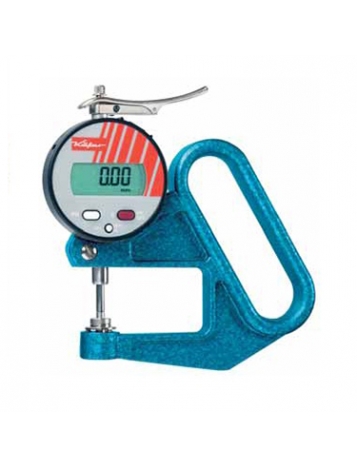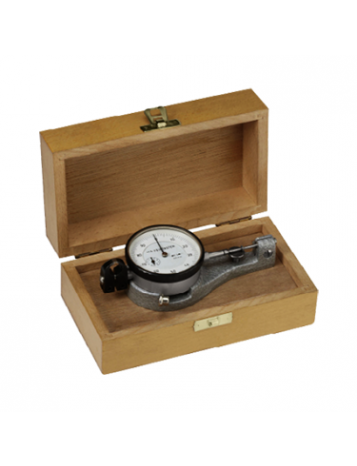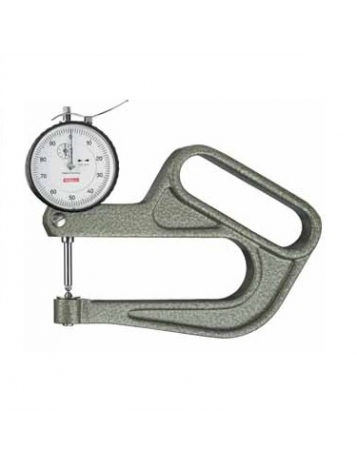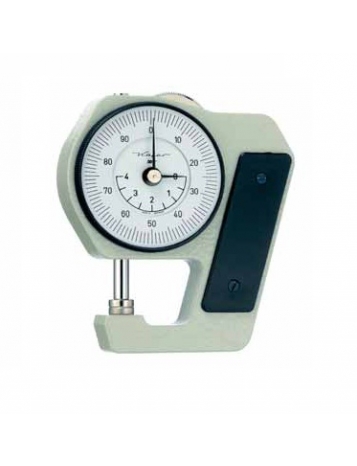Ultrasonic Wall Thickness Gauge
Ultrasonic Wall Thickness Gauges (ultrasonic thickness gauges, ultrasonic thickness testers, ultrasonic thickness meters, UT gauges, etc.) measure the wall thickness of materials such as steel, plastic, and more using ultrasonic technology. Ultrasonic Thickness Gauges are ideal for measuring the effects of corrosion or erosion on tanks, pipes, or any structure where access is limited to one side. Multiple echo Thru-Paint models (UTG M) measure the metal thickness of a painted structure without having to remove the coating.
What Is Ultrasonic Thickness Measurement?
Ultrasonic thickness measurement techniques are used to measure a wide range of substrates and applications for loss of material thickness due to corrosion or erosion. Ultrasonic Thickness Gauges are designed for measuring the thickness of metallic (cast iron, steel, and aluminum) and non-metallic (ceramics, plastics, and glass) substrates and any other ultrasonic wave-conductor provided it has relatively parallel top and bottom surfaces.
An ultrasonic thickness gauge facilitates rapid inspection of the thickness of large metallic structures at small measurement intervals, providing a high-detail thickness map of a scanned surface. When access is only available from one side of the substrate, ultrasonic wall thickness measurement is the most efficient way to monitor the effects of erosion or corrosion and is instrumental to both quality assurance and quality control.
What Is The Difference Between The PosiTector UTG C, UTG M and UTG P Probes?
The PosiTector UTG C Ultrasonic Thickness Gauge (Corrosion) single echo probe uses a dual-element transducer, a focused “V-path”, and V-path compensation to accurately measure the thickness of metals with heavy corrosion or pitting. The UTG C single echo probe will not ignore the thickness of the exterior coating: for best measurement accuracy, it may be necessary to remove any coating present at the point of measurement.

The PosiTector UTG M Ultrasonic Thickness Gauge (Multi-echo) probe uses a single element transducer to accurately measure the metal thickness of a new or lightly corroded structure while ignoring the thickness of protective coatings. The ultrasonic beam travels in a straight path to the material’s back wall at 90° relative to the surface. When three consecutive back wall echoes are detected, the probe makes a time-based calculation to eliminate the coating thickness from the gauge reading.

The PosiTector UTG P Ultrasonic Thickness Gauge (Precision) probe uses a single element delay line transducer to accurately measure the thickness of thin materials including plastics and metals. It automatically switches between single-echo or multiple-echo modes depending on material and thickness.

If you have any kind of questions or any interests for our product, feel free to contact us here
DeFelsko PosiTector UTG Ultrasonic Thickness Gauge Specification

DeFelsko PosiTector UTG Ultrasonic Thickness Gauge Probes Specification

If you have any kind of questions or any interests for our product, feel free to contact us here
Request A Quote
To receive further information on DEFELSKO Ultrasonic Thickness Gauge PosiTector UTG, please complete the following form. We will reply as soon as possible
Sorry, this product does not have video.
